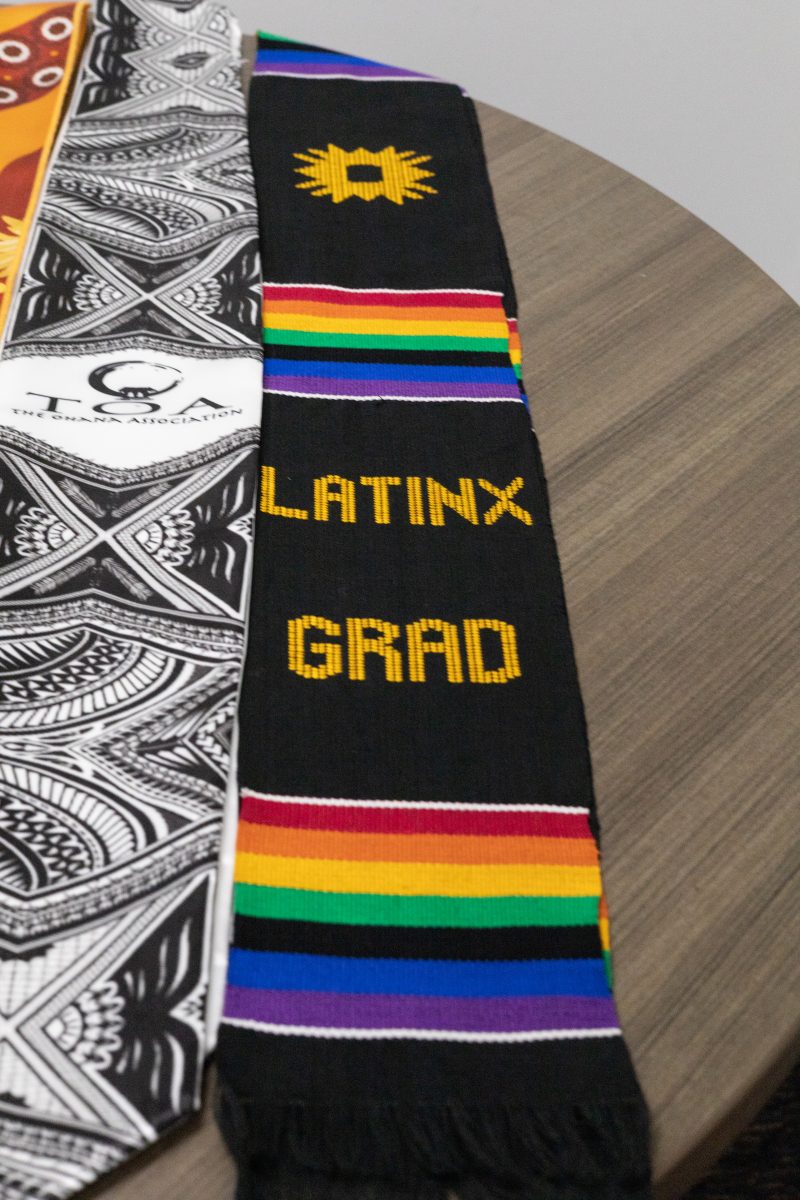
The idea of death with dignity has been a hot topic recently. It’s not something that’s discussed often, but when Brittany Maynard’s decision to die with dignity has sparked controversy.
Maynard found out she had terminal brain cancer earlier this year. She had a few surgeries in an attempt to reduce the growth of the tumor on her brain, but it later returned. At that point doctors gave her a mere six months to live.
After research she and her family did, Maynard concluded there were no treatment options available.
In a column Maynard wrote for CNN she said even though she would physically hang on for a while as the cancer eroded her brain, “I probably would have suffered in hospice care for weeks or even months.”
She finally decided on the death with dignity option. Only available in a few states, it’s an option for mentally-competent, terminally-ill patients with a prognosis of six months or less to live.
Maynard left her home in California to live with her family in Oregon.
Oregon has allowed this option the longest. Since 1997 patients have had the option of physician-assisted death if pain becomes too unbearable.
Maynard’s choice allows her to request a prescription from a physician to self-ingest when she chooses a time to die.
“I do not want to die,” Maynard said, adding, “but I am dying. And I want to do it on my own terms.”
She also said she would not try to convince anyone else they should choose this option. Her main concern is that she doesn’t believe others have the right to tell her she doesn’t deserve death with dignity.
The topic of assisted suicide has sparked a debate with everyone from doctors to advocates. In a response to Maynard’s article on CNN, Dr. Sandeep Jauhar said, “I would like assisted suicide to be safe and available, but rare.”
According to a poll on Debate.org, 77 percent of people surveyed agree this option should be legalized, while 23 percent disagree and say it’s wrong.
Most who disagree with the option base their opinion on religious views. Those who agree believe that people shouldn’t be forced to suffer if they don’t have to.
When asked, most students at Weber agree this option should be handled on a case-by-case basis. They think that it shouldn’t be something that happens too often, but in Maynard’s case they think it’s the right way to go.
“Death is hard enough without having to watch your loved one suffer,” WSU freshman Zoe Follum said. “Imagine being the one suffering, and it’s easy to see that there really is dignity in choosing to die on your own terms.”
An organization called Compassion and Choices joined Maynard to start a fund to promote advocacy for this choice. They started a website called The Brittany Maynard Fund to expand the death with dignity option to all, according to the site.
Compassion and Choices is the largest organization working to improve care and expand choice at the end of life. The organization is working to get more states on board with the idea of death with dignity.
They are currently trying to use legal strategies, ballot measures and legislative efforts to make this option accessible on a state-by-state basis.
Brittany Maynard has opened the minds of many people when it comes to the idea of death with dignity.
“I plan to celebrate my husband’s birthday on Oct. 26 with him and our family,” Maynard said in her column for CNN. “Unless my condition improves dramatically, I will look to pass soon thereafter.”














